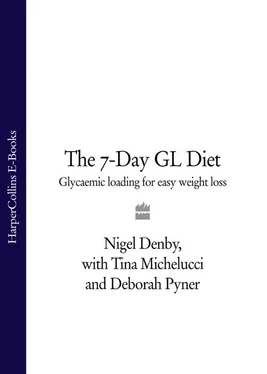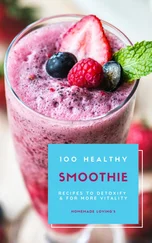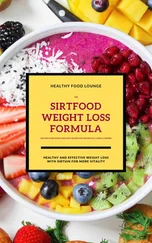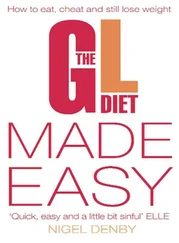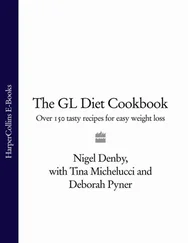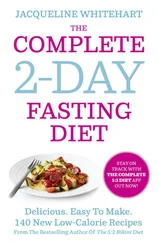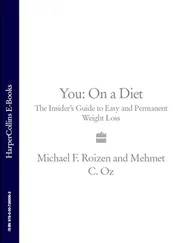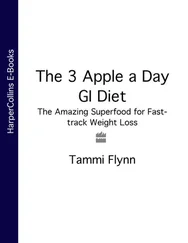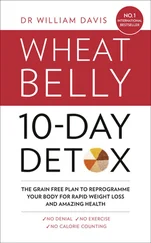GI – the First Part of the Story
To work out the GI of a food, scientists take whatever amount of a food is needed to give you 50g of carbohydrate. Now, with a food like bread that isn’t a problem because two slices of bread give us about 50g of carbohydrate. The bread is then fed to human volunteers and blood samples are taken from them at regular intervals to see how much glucose has been released into their bloodstream. The result of these tests is a GI number between 1 and 100.
Foods are classed as:
55 or less = low Gl
56–69 = moderate GI
70 plus = high Gl
So far, so good.
But let’s look at another food. Take carrots and use the same procedure. To get 50g of carbohydrate from carrots you would need to consume about one-and-a-half pounds (0.7kg). That’s a normal portion for a donkey maybe, but a bit excessive for the likes of us humans in one sitting. The volunteers (poor things) are fed the carrots, and the same blood tests and calculations are carried out as with the bread. The result is that carrots get a GI of about 75, making them high GI, which is why many GI diet books advise you not to eat them! Carrots are, in fact, a very healthy and low-‘GL’ food based on an average portion, so we can all thankfully continue to enjoy them as part of a balanced diet.
The GL Makes Sense of the GI
The GL goes a practical stage further. It takes the GI rating we’ve just outlined, but then very cleverly (thanks to Professor Walter Willett of Harvard Medical School who came up with the equation) takes into account the amount of carbohydrate in a portion of food we would normally eat. So now we know the effect a normal portion of carrots (around 100g) would have on our blood glucose levels, and that’s what gives us the GL rating.
It’s so simple and, more importantly, relevant to what we actually eat!
Foods rated using the GL do still get a number:
10 and under = low GL
11–19 = medium GL
20 plus = high GL
If you did want to count your GLs for the first few days to gain confidence that you are on the right track, you would be aiming to have 80GL or under on a low-GL day. A high-GL day would be 120GL or over.
BUT don’t worry. Although we do give some basic portion guidelines and GL references, you don’t have to count at all! Counting points and rigidly measuring and weighing foods is what turns us all off when it comes to diets. It’s the bit that makes diets boring, boring, boring and, besides, who has the time?
All you need to do is read through the rest of the book, start loving healthy, low-GL foods, losing weight and, best of all, be able to keep it off forever as the GL diet becomes a way of life.
As serial dieters we are all searching for our own elusive ‘diet freedom’. The GL finally brings this within everyone’s grasp without deprivation or hunger.
For us, this GL plan is the ultimate permanent weight-loss solution because:
It works – you’ll see results in just seven days.
It’s easy to follow.
It’s based on sound, sensible science.
It suits both men and women.
There’s no counting points.
There’s no endless weighing and measuring.
There’s no hunger or feeling deprived.
There’s no humiliation or guilt.
It’s a healthy diet you’ll want to adopt for life, not just for Christmas …
Oh … and it’s safe!
* Although research into the Glycaemic Index (GI) has been carried out progressively over the last 20 or so years in Australia (University of Sydney) and Canada (University of Toronto), and more recently in the United States by Harvard Medical School, * * The Harvard Medical School has carried out the longest running studies into human nutrition, stretching back over 20 years, and these are still continuing today. the GI only really began to hit the headlines a couple of years ago as a possible, healthier successor to low-carb diets.
The Harvard Medical School has carried out the longest running studies into human nutrition, stretching back over 20 years, and these are still continuing today.
Конец ознакомительного фрагмента.
Текст предоставлен ООО «ЛитРес».
Прочитайте эту книгу целиком, купив полную легальную версию на ЛитРес.
Безопасно оплатить книгу можно банковской картой Visa, MasterCard, Maestro, со счета мобильного телефона, с платежного терминала, в салоне МТС или Связной, через PayPal, WebMoney, Яндекс.Деньги, QIWI Кошелек, бонусными картами или другим удобным Вам способом.
